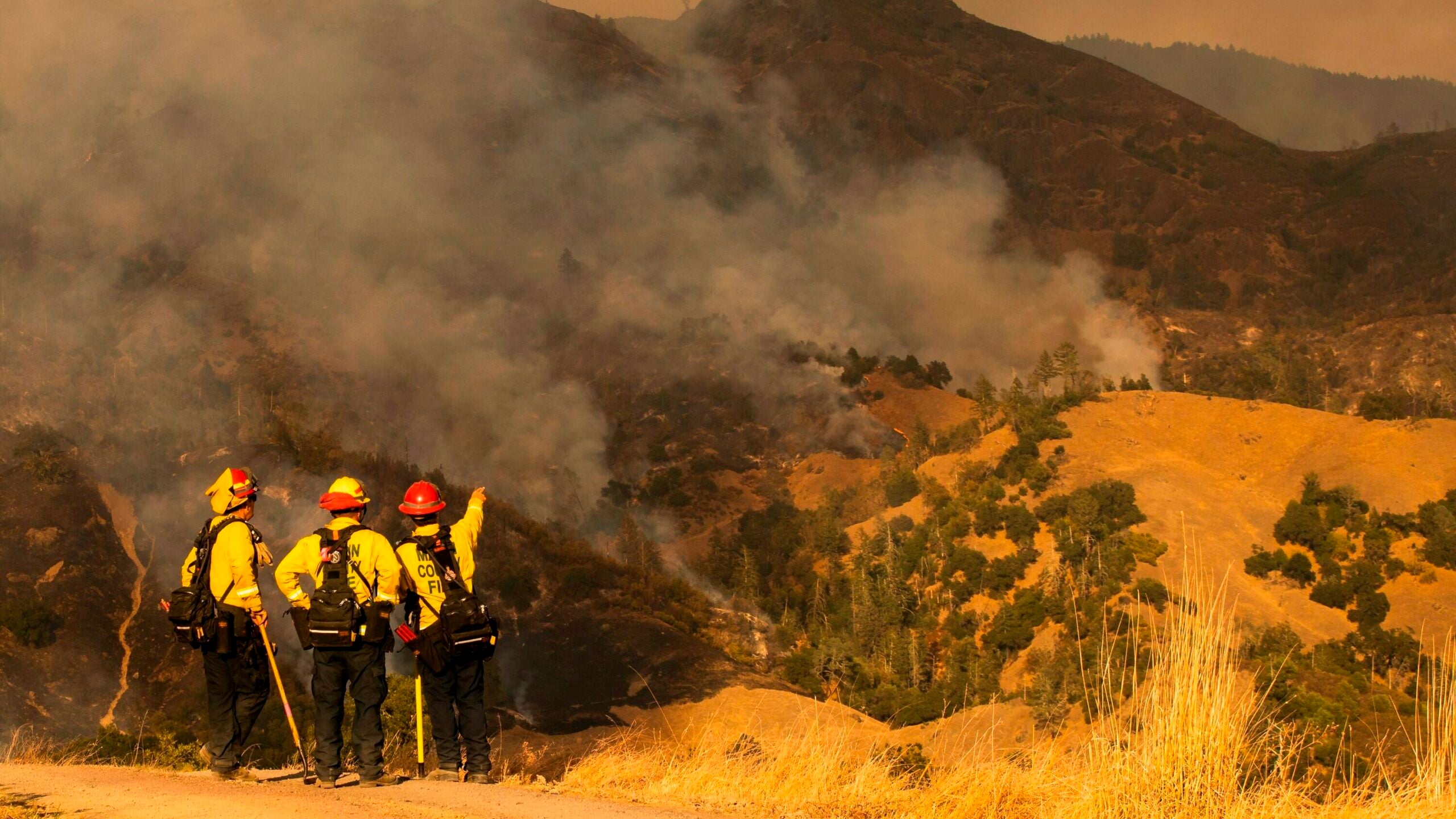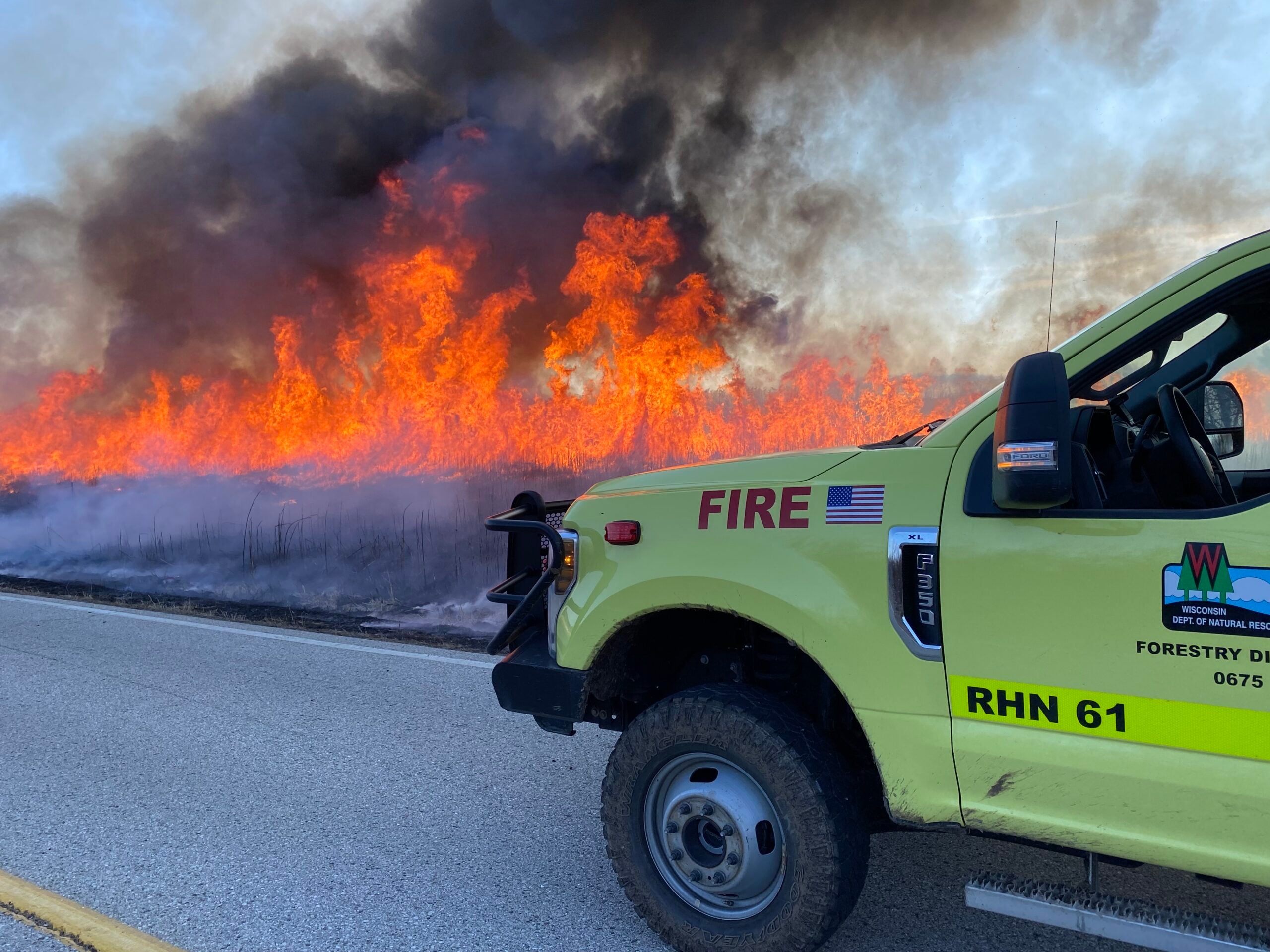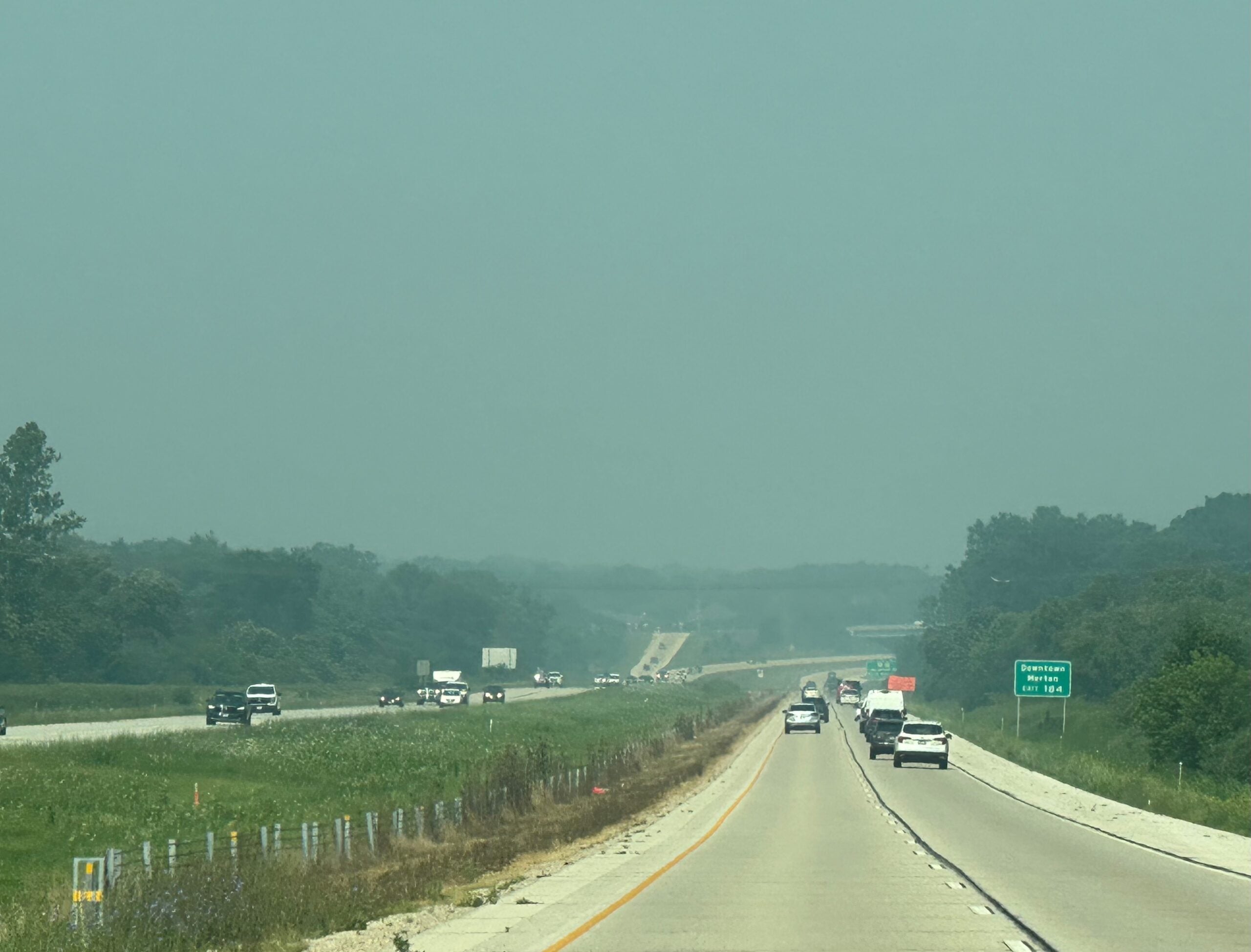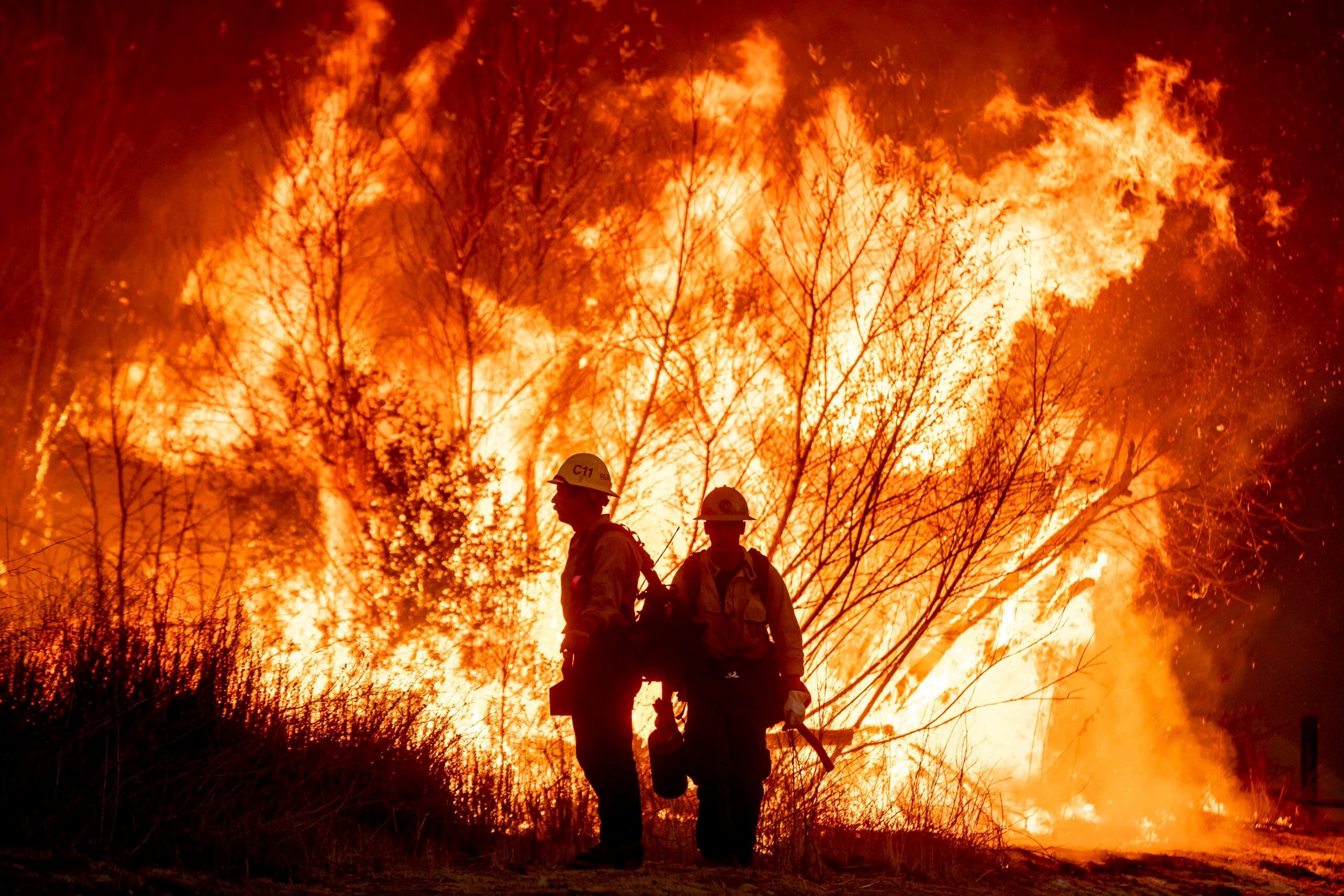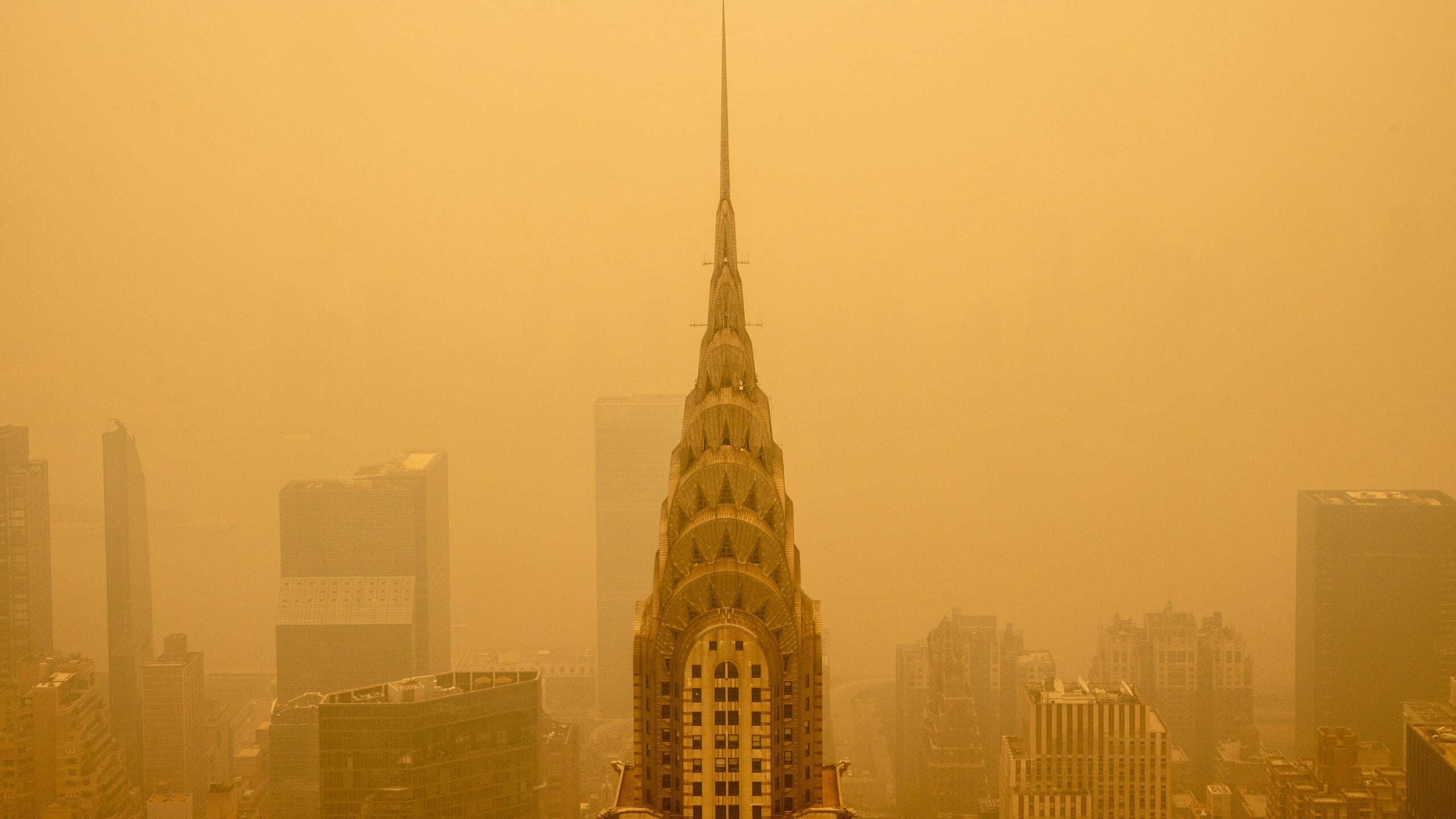It’s widely known that wildfire smoke is bad for your health, but a group of researchers recently found a known carcinogen in California wildfire ash, raising concerns about just how harmful it could be to breathe the air near a blaze.
According to a study released in Nature Communications last week, researchers discovered dangerous levels of hexavalent chromium in samples of ash left behind by the Kincade and Hennessey fires in 2019 and 2020.
Workers in the manufacturing industry who’ve been exposed to elevated levels of hexavalent chromium, or chromium 6, have higher rates of lung cancer, according to the National Institute of Environmental Health Sciences.
News with a little more humanity
WPR’s “Wisconsin Today” newsletter keeps you connected to the state you love without feeling overwhelmed. No paywall. No agenda. No corporate filter.
Scott Fendorf, a professor at the Doerr School of Sustainability at Stanford University who worked on the study, said he was shocked by the results.
“Up until that point, if we had a wildfire, I was pretty cavalier about it, to be truthful. We get the alerts and I would still go outside and exercise, thinking exercise was the better factor for my health,” Fendorf said.
“Now it completely changes my calculation. When we start to get wildfire warnings or smoke warnings, I’m going to be wearing an N95 mask.”
In some affected areas, the study found that the concentration of chromium 6 was up to seven times that of unburned land.
Though the researchers only found hexavalent chromium in samples of wildfire ash and not wildfire smoke itself, Fendorf said they inferred that it was likely also present in the smoke. He said the team intends to collect samples from wildfire smoke in the future to test that hypothesis.
Still, the findings are especially alarming given that climate change is making wildfires burn larger and more frequently across the globe.
People in fire-prone areas are experiencing more blazes, but wildfire smoke is also floating hundreds or even thousands of miles away, affecting populations far from the flames.
Smoke from wildfires in Canada over the summer caused air quality to plummet across the U.S. and even darkened the skies over parts of Europe.
Metals such as chromium naturally exist in the environment, such as in rocks like serpentinite. In this case, Fendorf said, the wildfires’ intense heat appears to have transformed chromium into its hexavalent state.
“The fire changes a benign metal into a very toxic form of that metal,” he said.
Hexavalent chromium is also known as the “Erin Brockovich chemical,” named for the consumer advocate whose legal battle to help a small California town affected by the compound was immortalized in a now famous film starring Julia Roberts.
The Stanford team only tested ash from several areas in California, but Fendorf said the test sites contained various types of geology and vegetation, leading researchers to believe the results would be applicable to many regions across the globe.
The study’s findings also open the door to further investigation of possible wildfire exposure risks for other toxic metals.
9(MDAyMjQ1NTA4MDEyMjU5MTk3OTdlZmMzMQ004))
© Copyright 2026 by NPR. To see more, visit https://www.npr.org.9(MDAyMjQ1NTA4MDEyMjU5MTk3OTdlZmMzMQ004))

